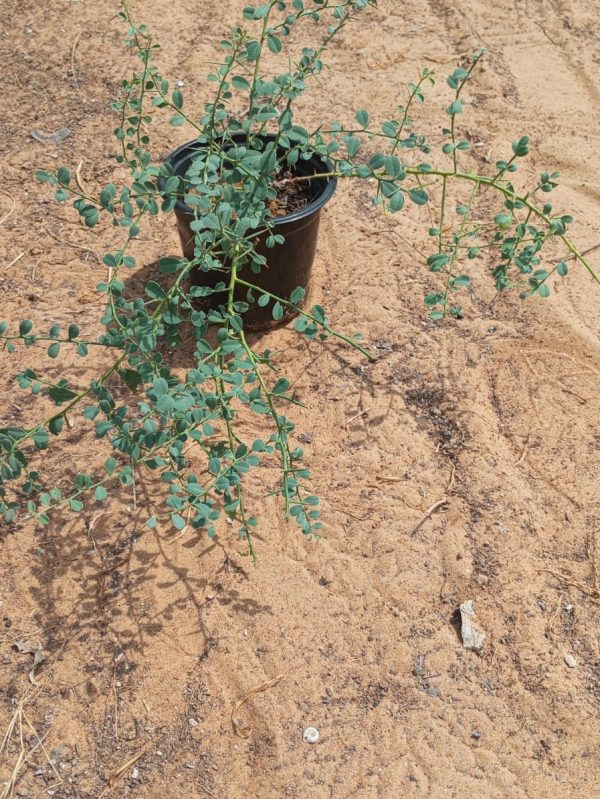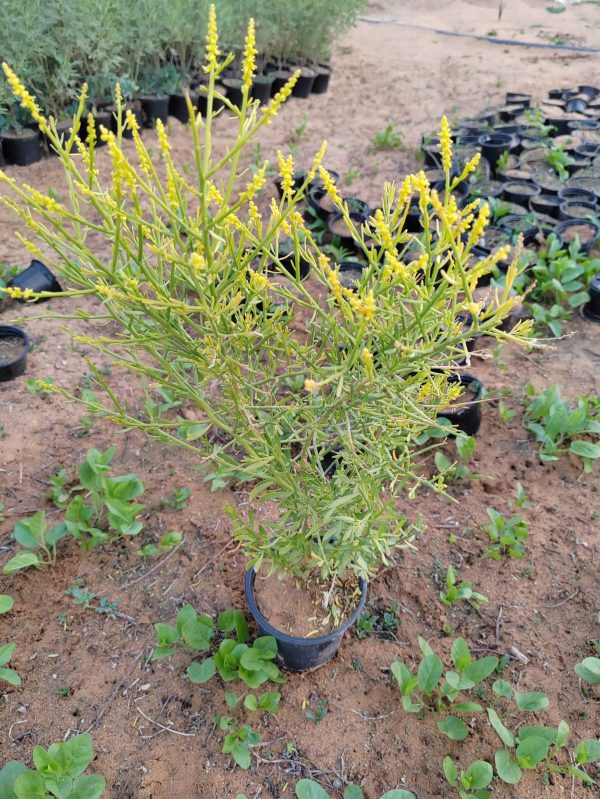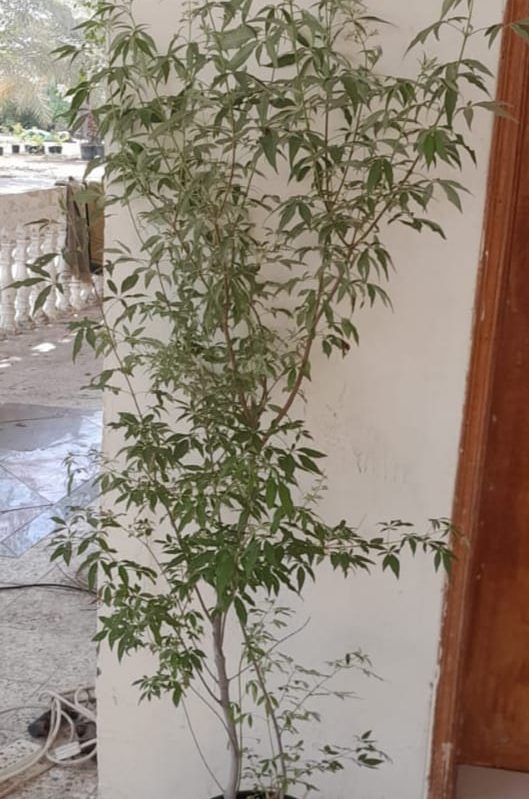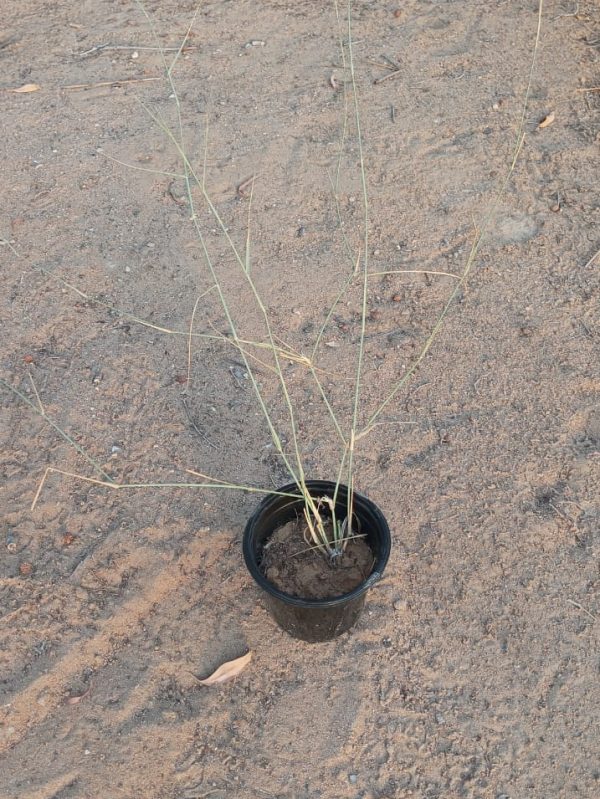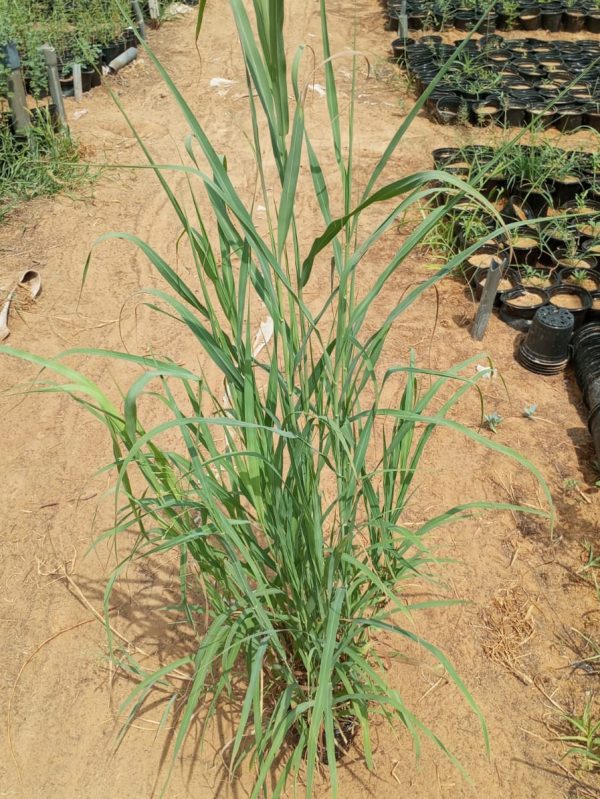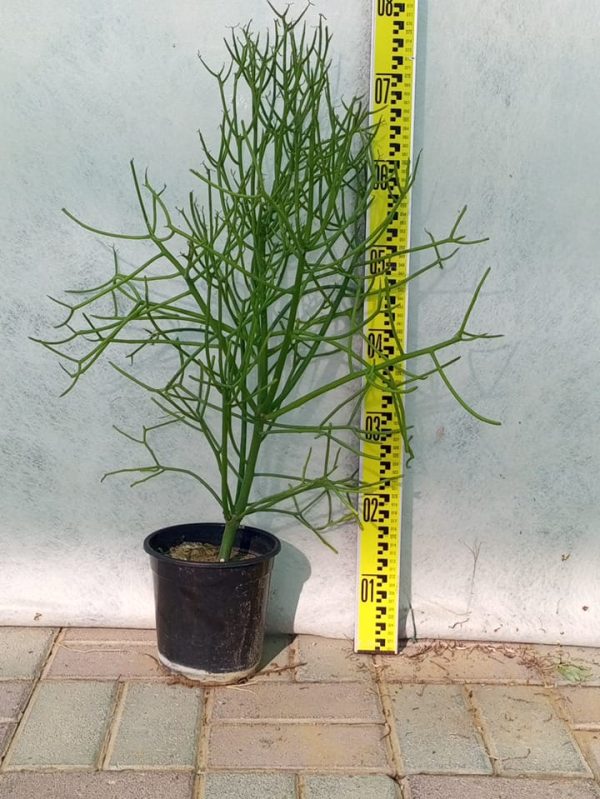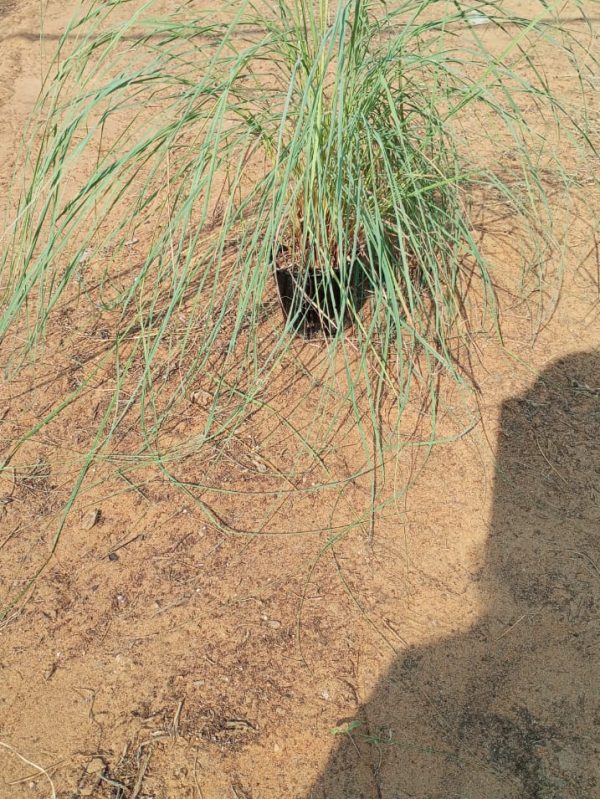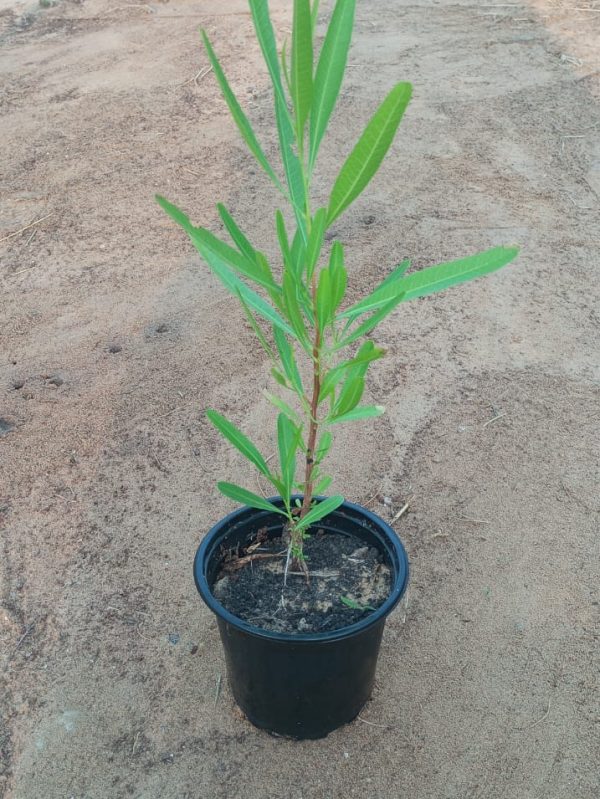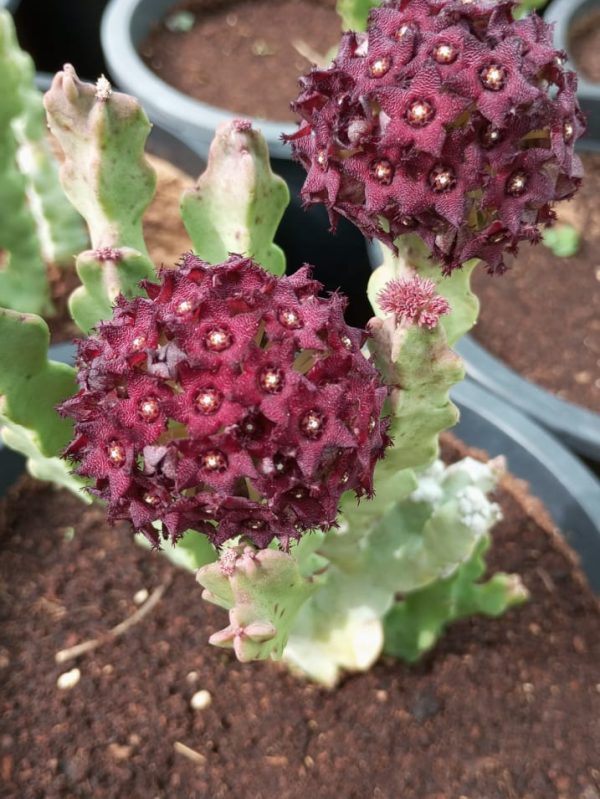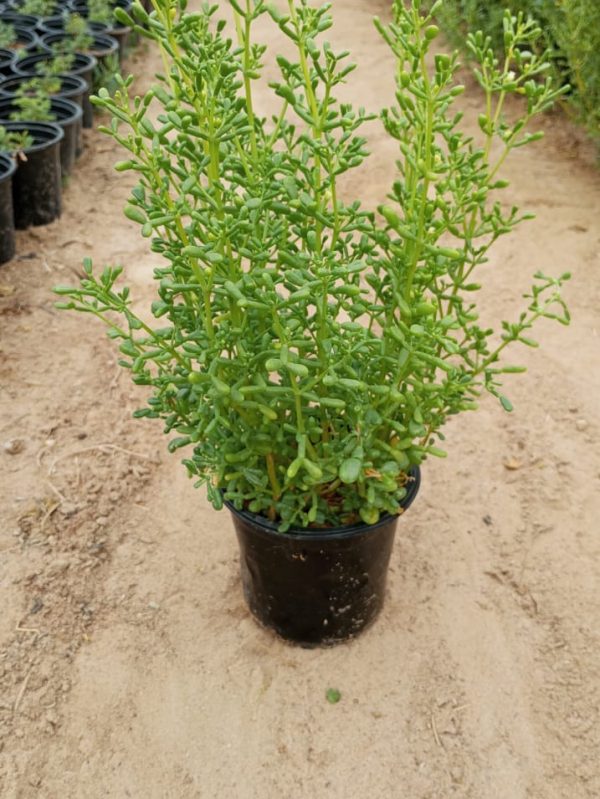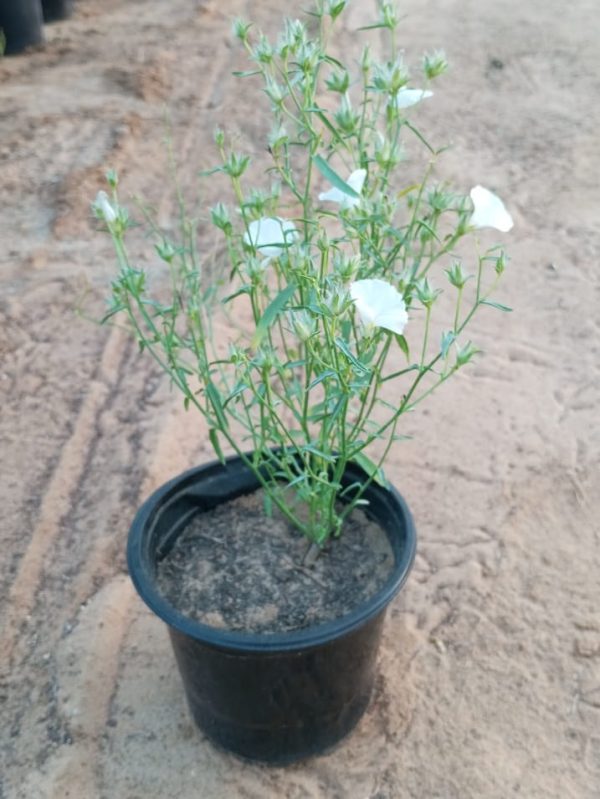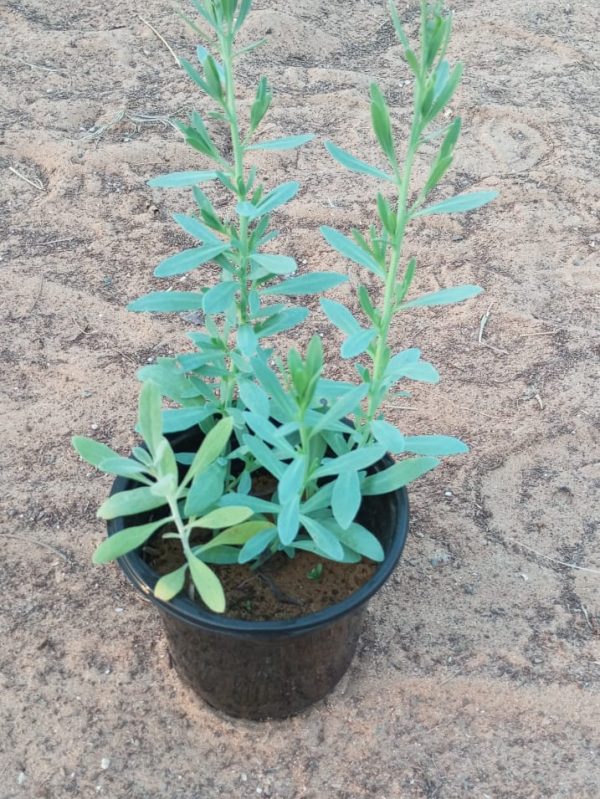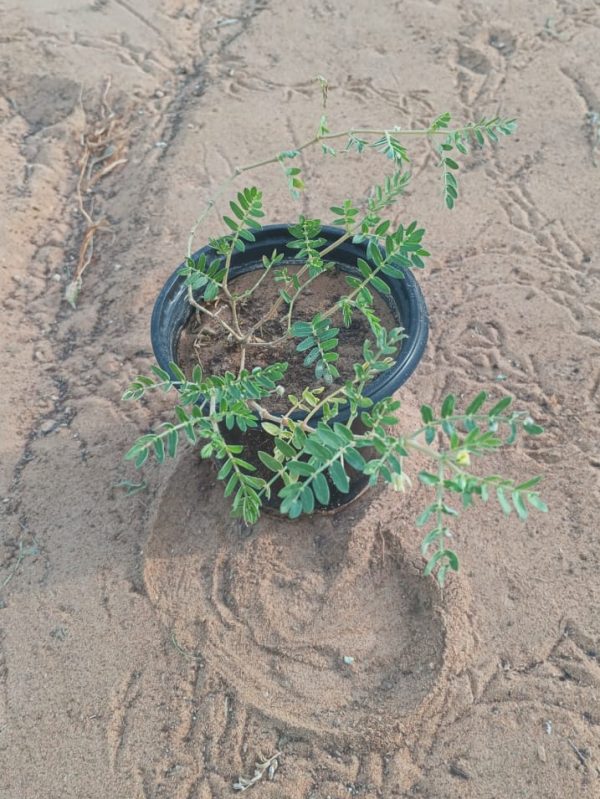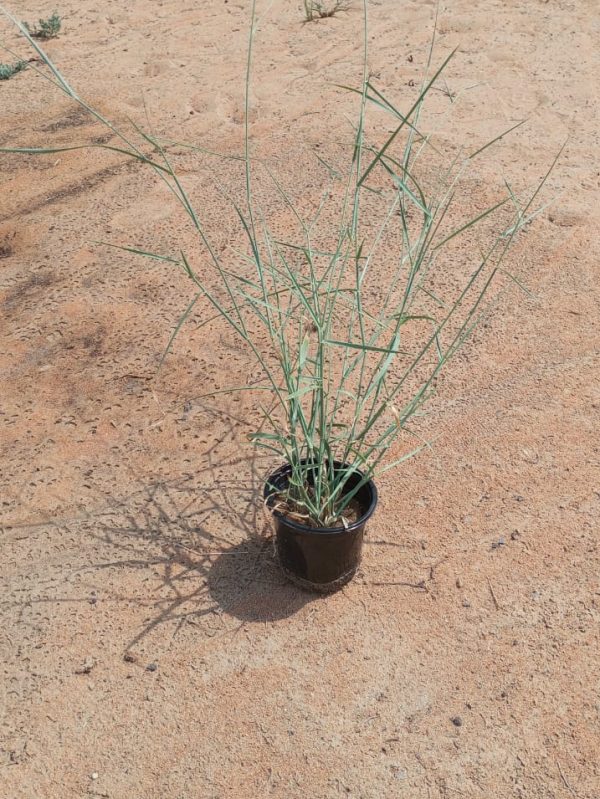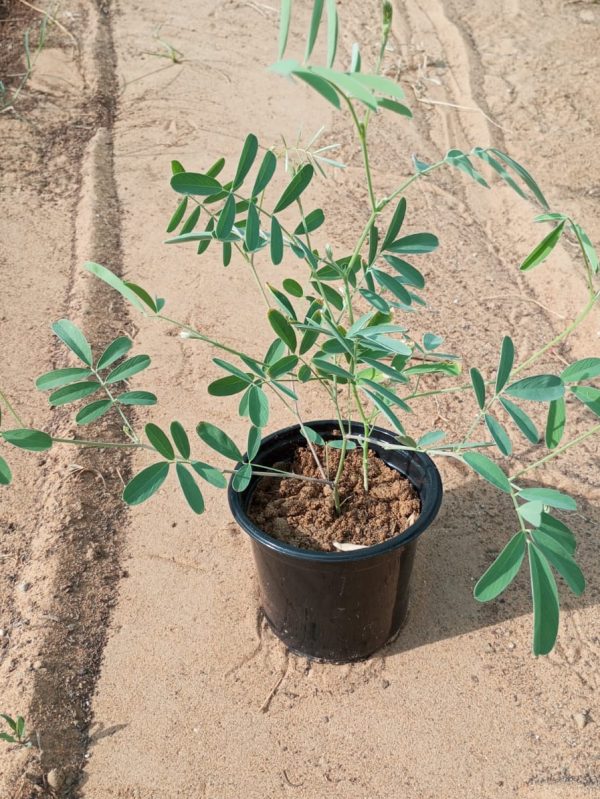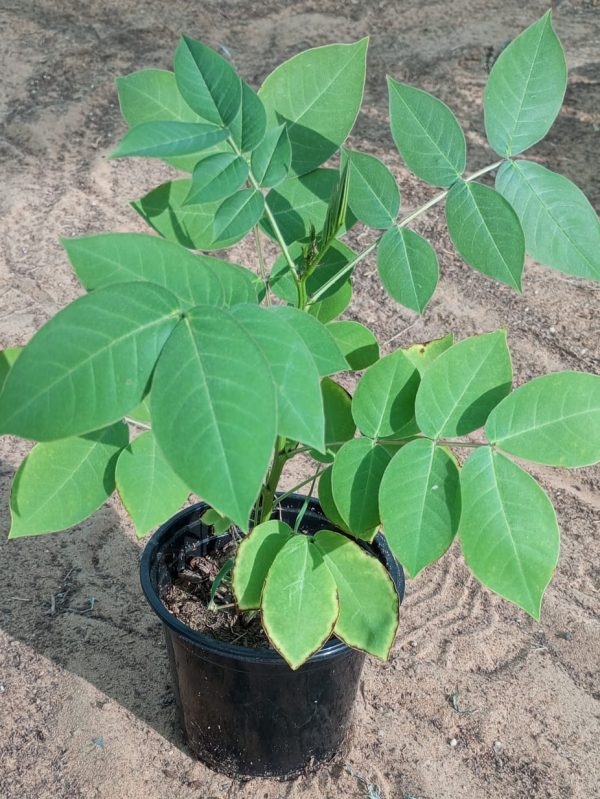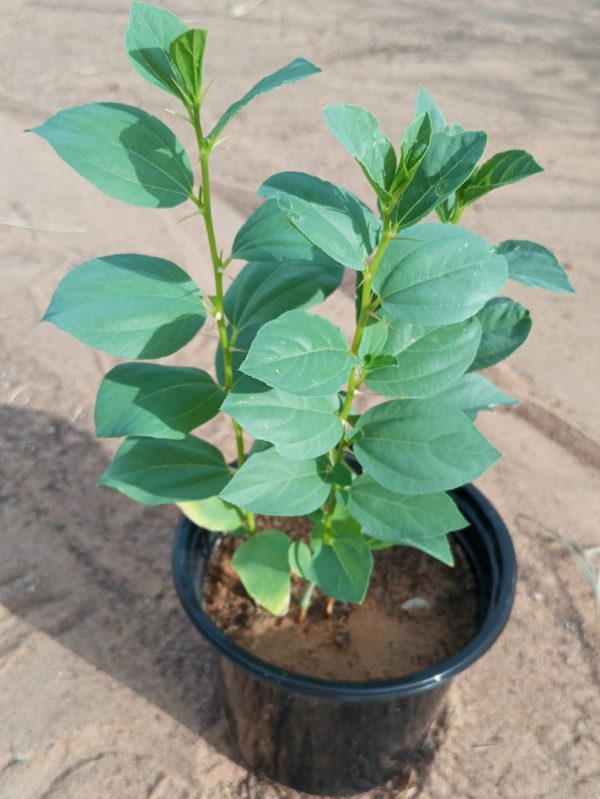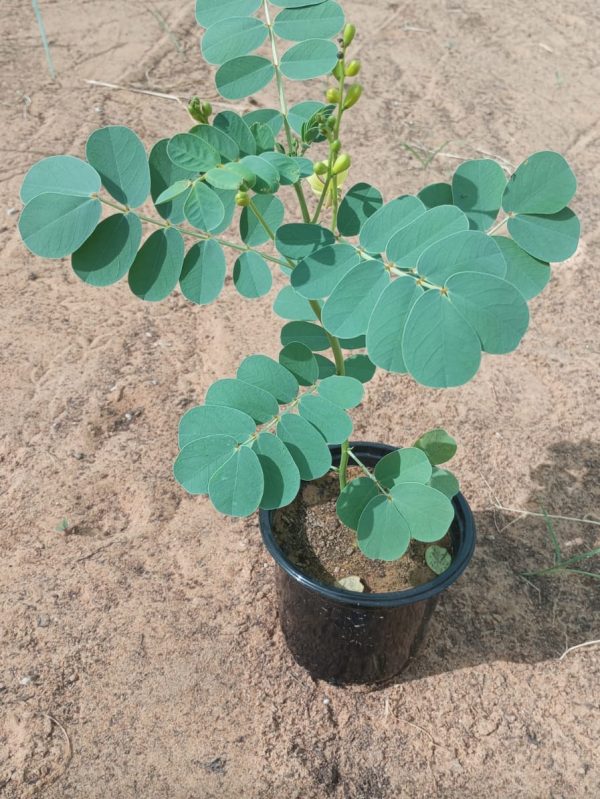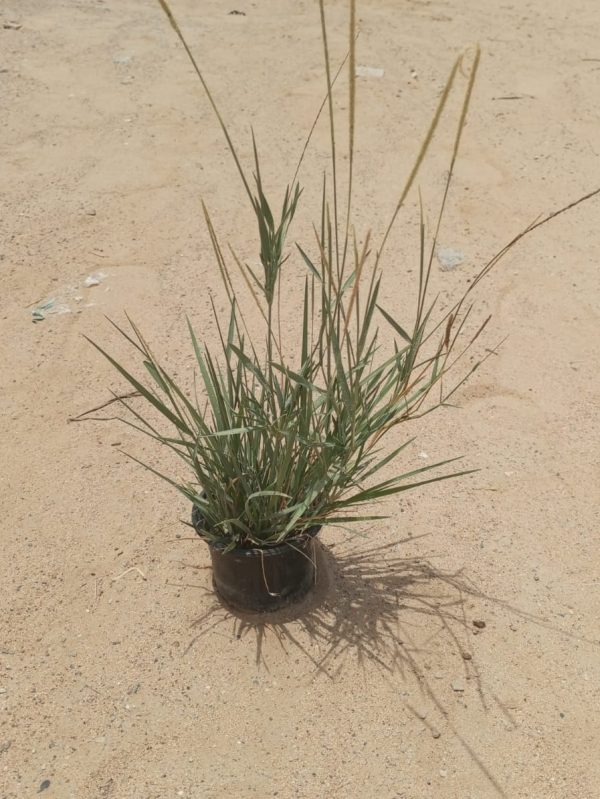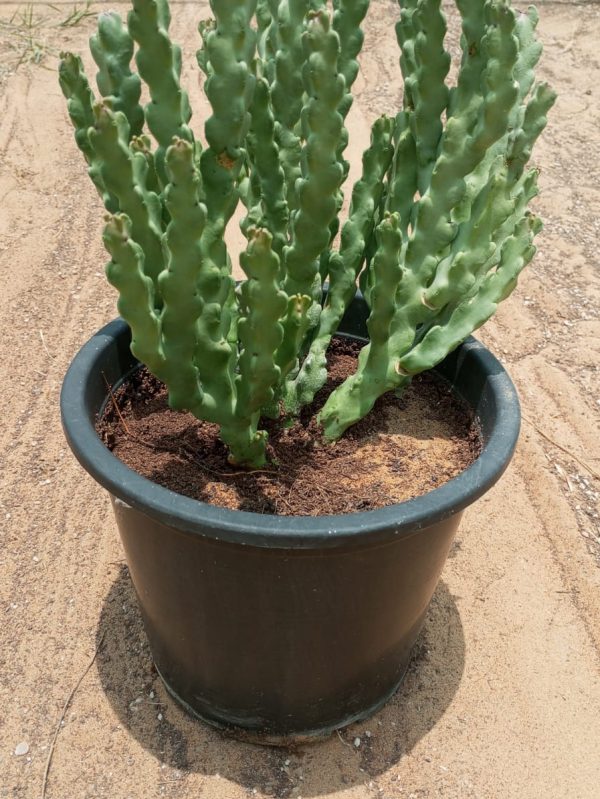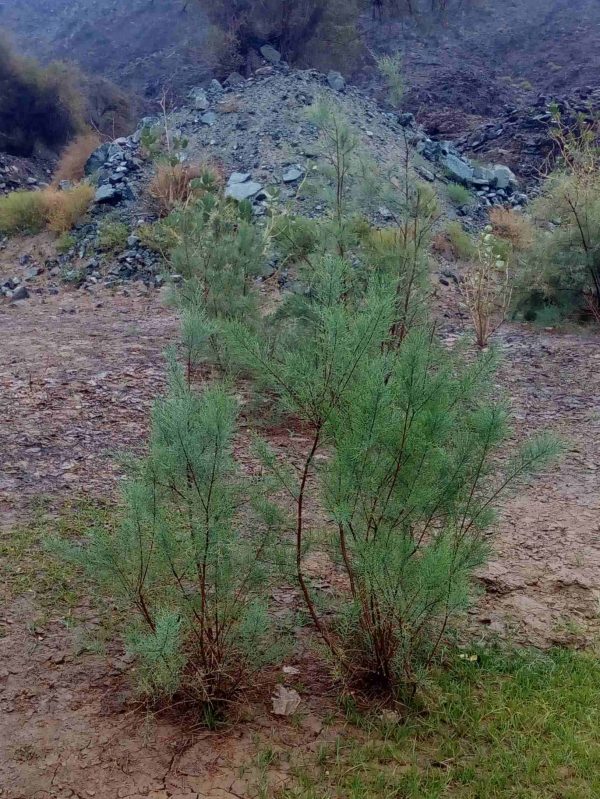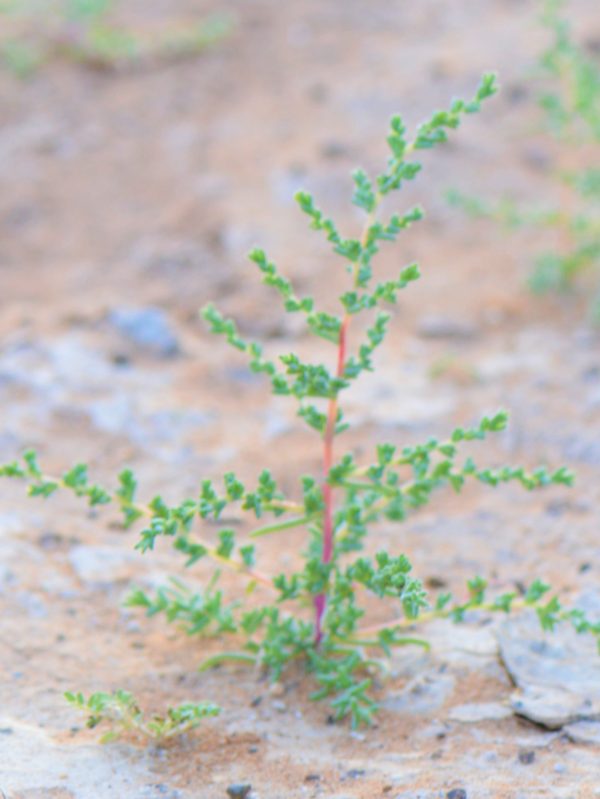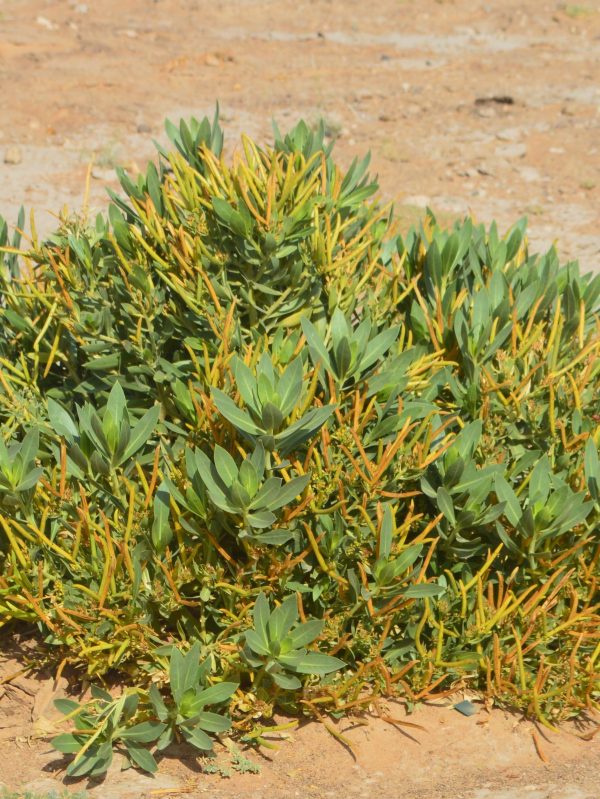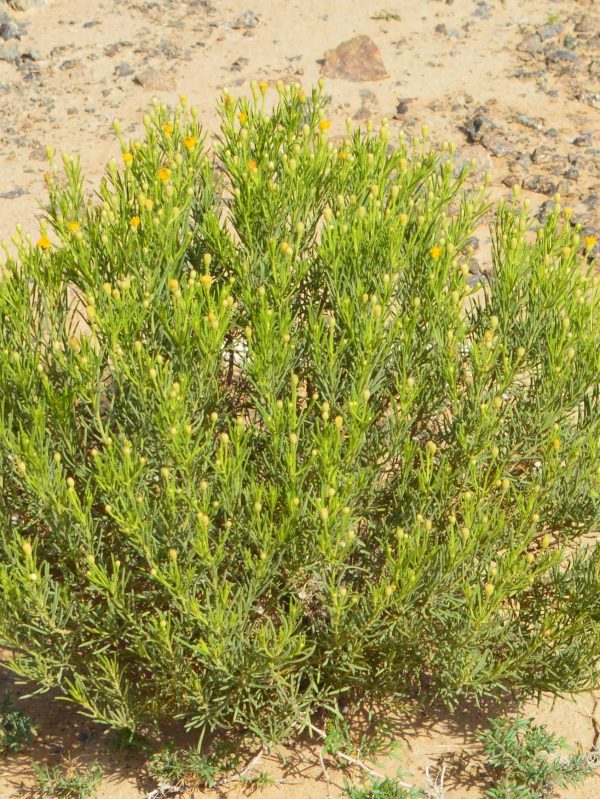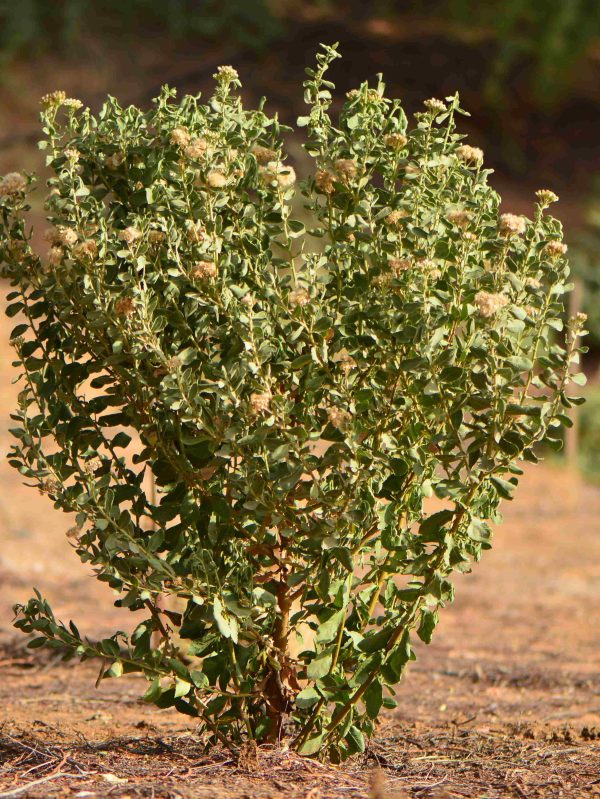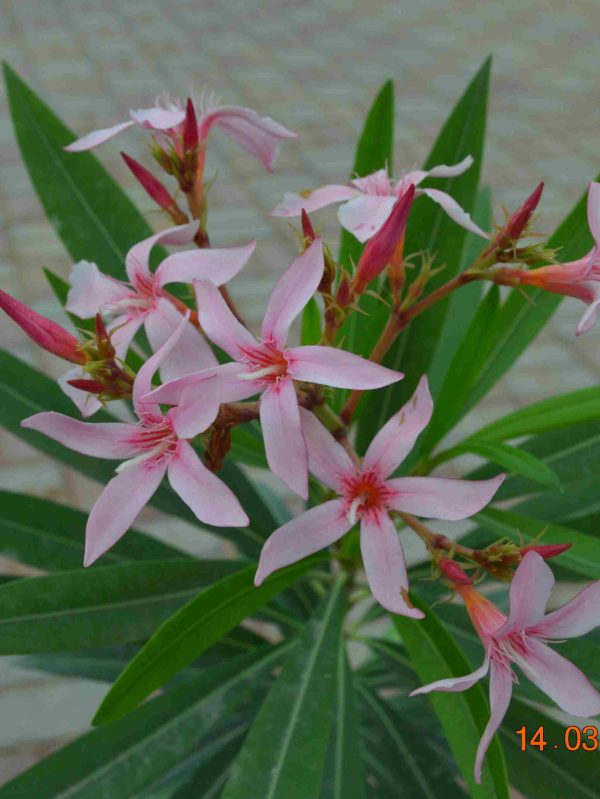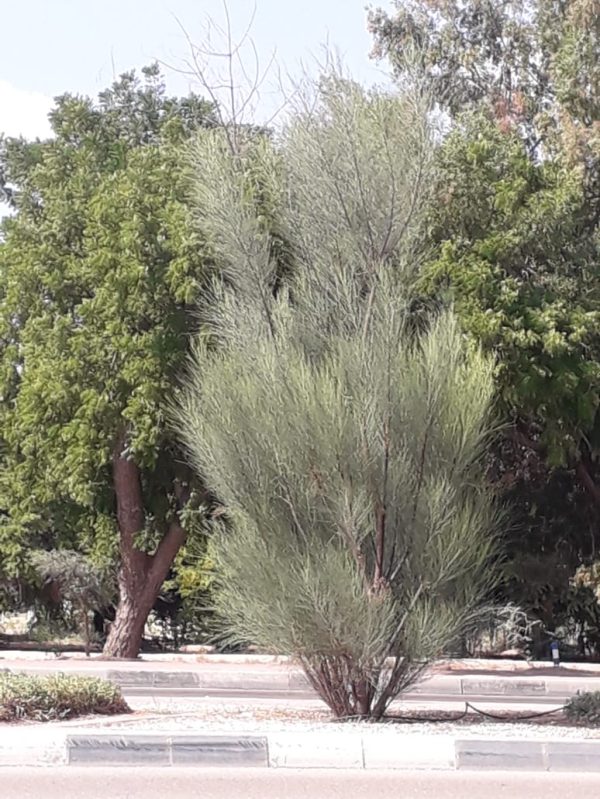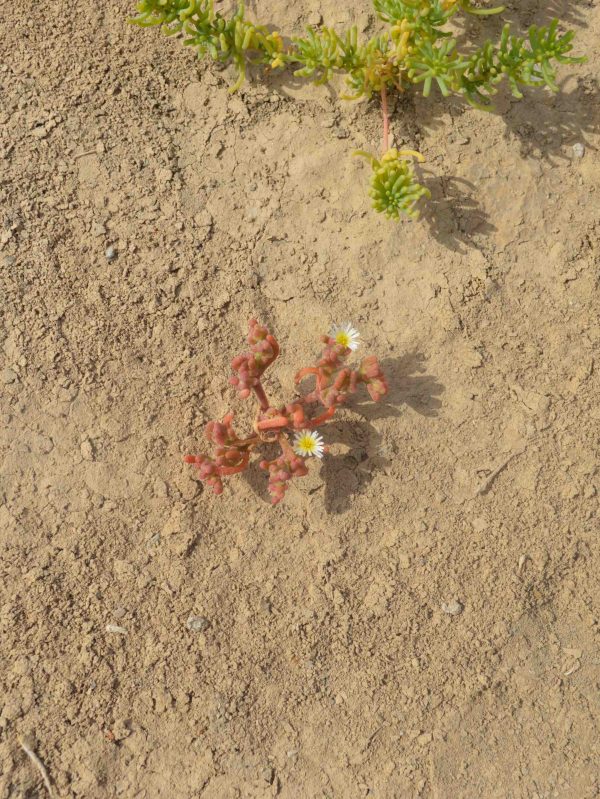Nature-Driven Landscapes, Rooted in UAE Heritage
Preserve biodiversity and reduce water usage with our wide collection of desert-adapted shrubs, trees, and succulents.
Shop by Categories
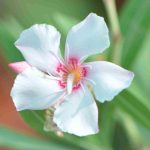
Native Plants
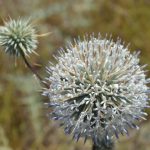
Landscape Plants
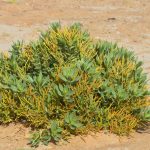
Herbs and Vegetables

Fruit Trees
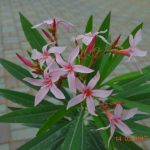
Indoor Plants
Best Selling
Featured Products
About Desert Flora & Allied Nurseries
For over 10 years, Desert Flora & Allied Nurseries has been at the forefront of sustainable landscaping in arid regions, specializing in the production, conservation, and commercial supply of native and adaptive plant species. With deep-rooted values in environmental responsibility and community enrichment, we have become a trusted partner for municipalities, landscape designers, contractors, and eco-conscious homeowners across the region.
Our Mission
Our mission is to restore ecological balance by providing environmentally appropriate plant solutions that are not only beautiful and functional but also conserve precious natural resources. We are proud to play a leading role in transitioning landscapes away from water-intensive, non-native species toward resilient, desert-adapted flora that thrive in the local environment with minimal intervention.
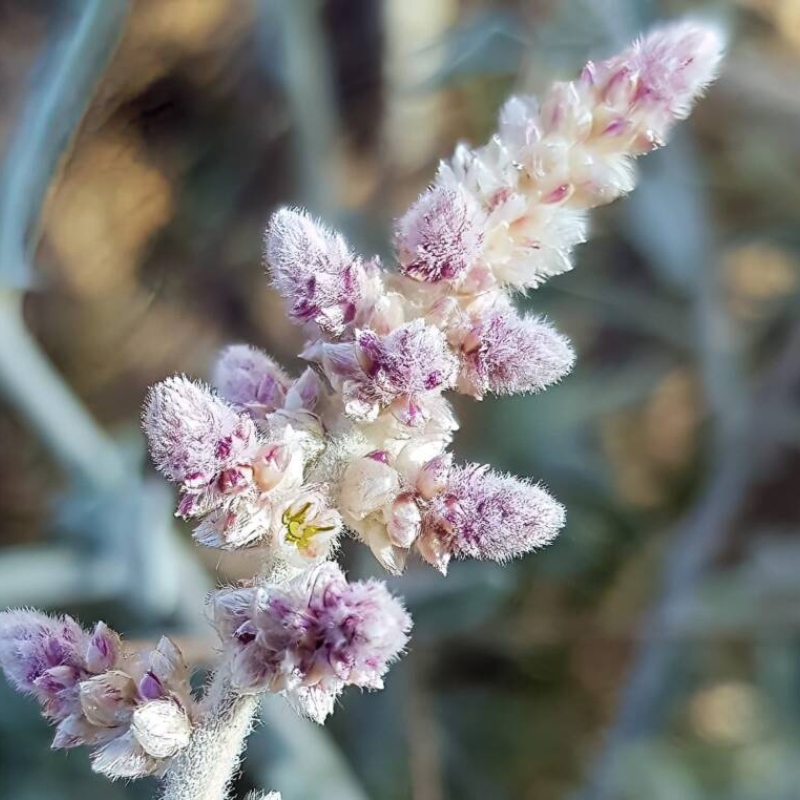
Why Choose Us?
Over a decade of expertise in desert landscaping and native plant propagation
A curated inventory of over 70 species of native and drought-tolerant plants
Customized plant selection and landscaping consultation
High survival rates, strong root systems, and climate-resilient specimens
A passion for promoting green spaces that support local ecosystems
Join us in reimagining desert landscapes—where beauty meets biodiversity, and every plant makes a difference. Whether you’re designing a home garden, a large-scale public park, or a conservation project, Desert Flora is your trusted partner in sustainable greenery.
What We Offer
Native Trees such as Acacia, Ghaf, and Neem
Drought-Tolerant Shrubs and Ground Covers
Ornamental Grasses & Succulents
Flowering Plants that attract pollinators and enrich biodiversity
Specialty Plants suitable for rehabilitation projects and desert-themed gardens
All our plants are cultivated using sustainable practices in our specialized nurseries, ensuring they are well-adapted to the climate and soil conditions of arid and semi-arid regions.
Our Clients & Collaborations
Environmental and landscaping departments
Government greening initiatives
Real estate and commercial developers
Public parks and botanical gardens
Schools and educational institutions
Private landscape architects and garden enthusiasts
We also collaborate with environmental agencies and research institutions to support conservation projects, habitat restoration efforts, and climate-resilient urban planning.
Our Commitment to Sustainability
At Desert Flora, sustainability is not a trend—it’s our tradition.
We promote the use of low-maintenance, water-wise plants to reduce irrigation demands.
We avoid the use of harmful chemicals and practice eco-friendly pest control.
We educate our clients on how to create balanced, water-efficient landscapes using native and adaptive species.

